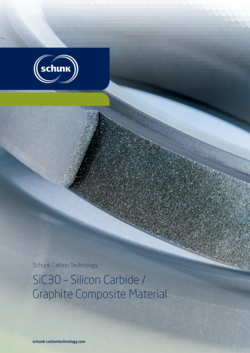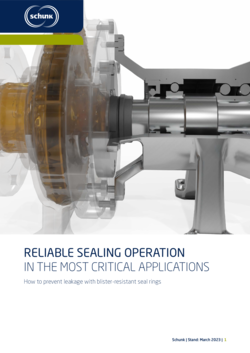SiC30 – An Extraordinary Silicon
Carbide/Graphite Composite Material
Advantages
Special properties of SiC30:
- Excellent emergency running properties
- Blister resistance
- Tolerant to edge running
- Very good thermal shock resistance
- Almost universal chemical resistance

Brochure: SiC30
Add

Whitepaper: PrimeCarb®
Reliable sealing operation in the most critical applications
Add
Downloads
2 Files online
